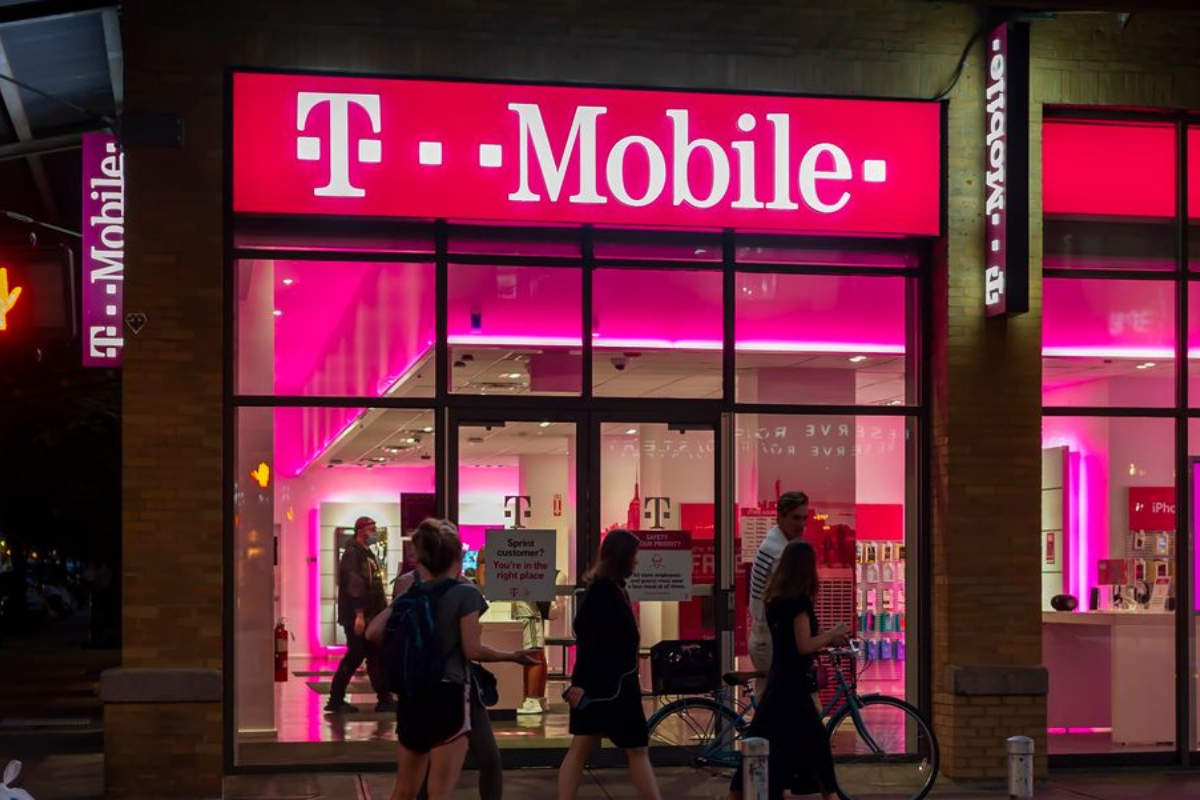- T-Mobile announced that it has collaborated with Cisco.
- The will build a distributed, cloud-native, convergent core gateway.
- T-Mobile’s 5G SA core is being distributed across the country using Cisco infrastructure.
T-Mobile announced today that it has collaborated with Cisco to build a distributed, cloud-native, convergent core gateway. And T-Mobile has since transferred all of its 4G and 5G standalone (SA) traffic to the new converged core that is cloud-native.
Operators haven’t mentioned a “converged core” in the past. They discussed non-standalone, in which the 5G RAN continues to use the 4G core. Additionally, they have discussed standalone (SA), which utilizes 5G in both the RAN and the core.
T-Mobile declared in 2020 that its 600 MHz spectrum-based 5G SA network was operational statewide. Additionally, it has declared that it would be deploying 5G SA on its 2.5 GHz spectrum.
As a result, the core and RAN of T-5G Mobile’s SA network are now utilizing 5G.
According to source, a consultant for the telecom sector, “The idea is to serve everything from the same core. But 4G is not going away. It will stay for a long time for coverage. They are trying to converge the two networks as much as possible to decrease costs.”
T-Mobile used the word “converged” as a result.
A 4G LTE evolving packet core (EPC) and a 5G core network are essentially connected by a convergent core gateway. Two distinct core networks used to function separately. Now that they can “converge” their data into a single bucket, greater data speeds are possible.
Since many of T-customers Mobile’s have 5G phones, they can connect to the 5G New Radio (NR) network. Some consumers, however, have not updated their gadgets or continue to use them in areas where 5G is not yet available. There’s a chance they’re using 4G LTE there. T-Mobile is able to move all the data to the 5G network by connecting the 4G LTE network and the 5G network together with the converged core.
Additionally today, T-Mobile said that it collaborated with Cisco to make its convergent core cloud-native.
The term “cloud-native” refers to a broad range of characteristics. But using containers is a key component of cloud-native architecture.
The cloud-native control plane from Cisco is the foundation of T-converged Mobile’s core architecture, which has been enhanced with bare metal containers orchestrated by Kubernetes. Over 20% of the CPU cores are made available by the container-based technology. According to T-Mobile, switching to a cloud-native core has improved speed and latency for users by more than 10% right away.
The Cisco Unified Computing System (UCS), Cisco Nexus 9000 Series Switches, Cisco 8000 Series Routers, 5G and 4G packet core gateways, and Cisco Network Services Orchestrator for full stack automation are just a few of the Cisco products used in the converged core.
T-Mobile claims that their 5G SA core is available all over the country. Similar claims regarding how AT&T will distribute its 5G SA core have been made.
With a nationwide distributed core network, the core will be able to service a sizeable section of the American population. Due to the fact that T-4G Mobile’s LTE and 5G networks are both already present all over the country, the installation of this convergent gateway makes this capabilities accessible over a very large area.
The new converged core gateway, according to T-Mobile, enables it to move resources more quickly to other services like 5G Home Internet. Additionally, it will speed up the time to market for new 5G services like Voice over New Radio and network slicing (VoNR).
Calls made or received on Voice over LTE (VoLTE) devices have an easier time connecting to the 5G network and interacting with 5G NR devices when using VoNR.
Converged refers to the fact that all SA 5G traffic, together with both LTE and NSA 5G traffic, is being handled by the same platform. Previously, we had separate cores for LTE and NSA 5G traffic as well as SA 5G traffic. There are no longer two distinct cores.
Using Cisco infrastructure, the core is dispersed across T-Mobile locations and an on-premise private cloud. Since we only have one core presently, both 5G and 4G traffic effectively follows the same distribution.
The VoNR experience remains unchanged. In markets where VoNR is already available, this platform already transports VoNR traffic, and it is prepared to support new VoNR markets as they come online in the future.
[embedpost slug=”iphone-14-pro-max-price-in-pakistan-and-specifications-6/”]





















